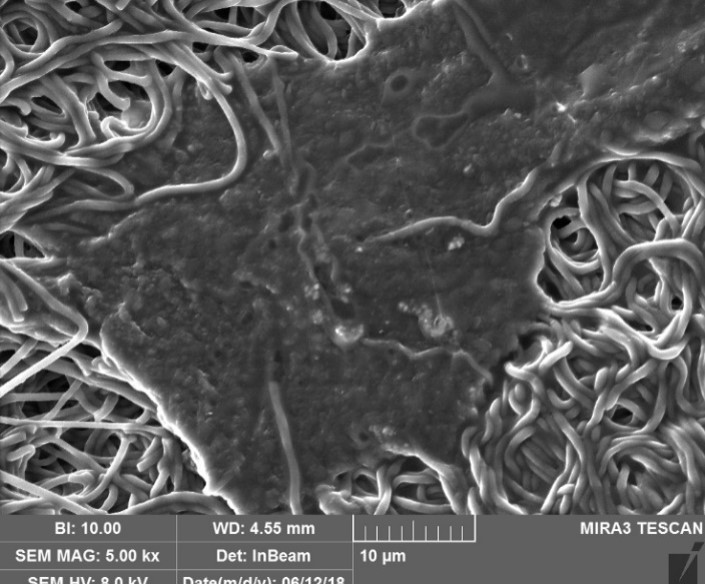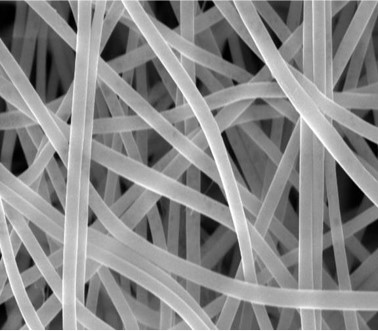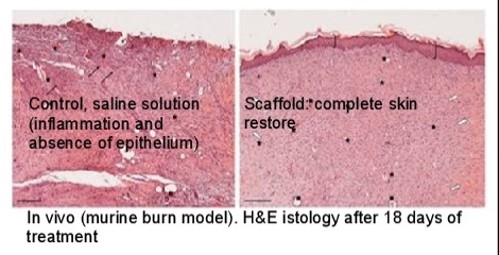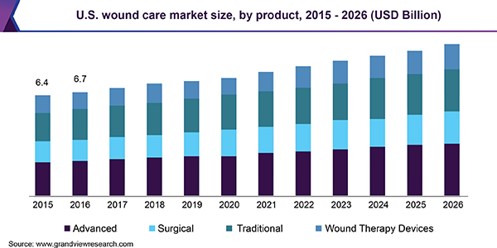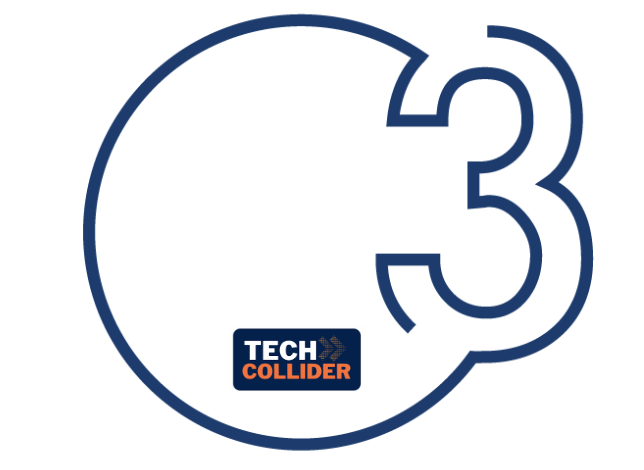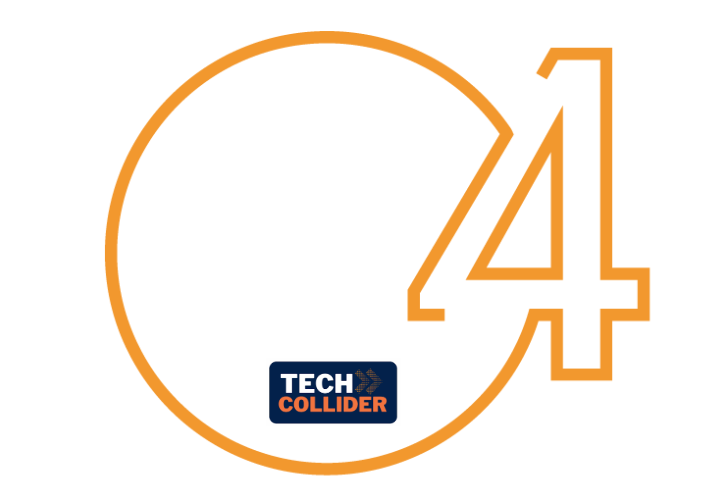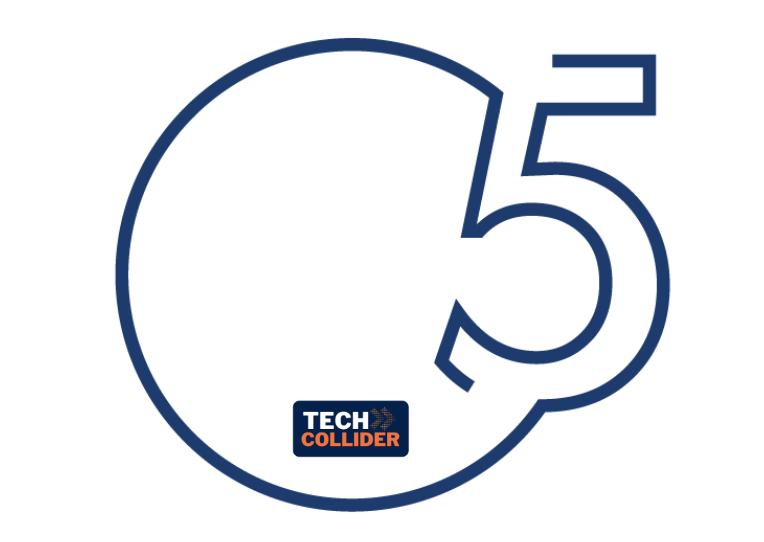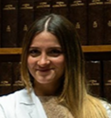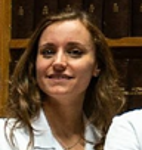
The aging of society and related chronic diseases will predominate in the near future, increasing the costs of health care.
Chronic diseases such as diabetes and cancer are associated with chronic wounds. In addition, surgery and burns often lead to injuries that are difficult to heal. The proposed and patented platform develops nanofibrous scaffolds entirely based on polysaccharides as skin substitutes to achieve healing of such lesions.
The developed scaffolds are based on glycosaminoglycan (chondroitin sulfate or hyaluronic acid) associated to chitosan, pullulan in presence of citric acid and electrospun starting from an aqueous/acetic polymeric solution. The nanofibrous membranes are crosslinked by sterilized heating.

